Originally Published on DailyClout
The 2022 absence rate “makes absolutely no sense,” exclaimed former Blackrock portfolio manager Edward Dowd. “Something’s going on with our workforce that we’ve never seen before. And it’s gone so far above trend — it’s a health concern.”
“Absences are defined as instances when persons who usually work 35 or more hours a week worked less than 35 hours during the reference week for one of the following reasons: Own illness, injury, or medical problems; child-care problems; other family or personal obligations; civic or military duty; and maternity or paternity leave. Excluded are situations in which work was missed due to vacation or personal days, holiday, labor disputes, and other reasons. For multiple jobholders, absence data refer only to work missed at their main jobs. The absence rate is the ratio of workers with absences to total full-time wage and salary employment,” explained Mr. Dowd on his website.
He noted, “In relative terms, the deviation from trend in 2022, for the total (men+women) full-time workers was about 70%.”
“And that number [absence rates] went up three standard deviations off of trend (2003 to 2019)” in 2020, Mr. Dowd explained. In geek-speak, the chance of something three standard deviations above the mean is 0.3 percent.
Edward Dowd continues. “Three standard deviations is still a big deal. You could make the case for why that happened in 2020. There were lockdowns. There was confusion. People had to scramble with school and all sorts of things. So that makes sense to us. What doesn’t make sense is that in 2021 it persisted and went to five standard deviations. What makes absolutely no sense is the absence rate took off in 2022. And you can see the slope of the line; the rate of change accelerated to the upside in 2022. And that standard deviation was 11. That’s just off the charts!”
As mentioned earlier, something three standard deviations above the mean is very rare, happens 0.3 percent of the time, but at least it remains in the realm of possibility. When we get to standard deviations of 5 and 11, that is astronomically rare. We’re talking about a percentage with multiple zeros before encountering the first non-zero digit.
Something 5 standard deviations, plus or minus, has a 1 in 1,744,278 chance of occurring. Something 7 standard deviations, plus or minus, has a 1 in 390 billion chance of happening. So, an 11 standard deviation literally is “off the charts” and then some.
The following chart shows absence rates among 25 to 54-year-olds.
• Absence rates grew in each consecutive year since 2019.
• In 2022, absence rates were 28.6% higher than in 2019, an extraordinary change which represents a large economic loss of productivity.
“And you can see,” he told doctors Drew Pinsky and Kelly Victory, “took a magnitude leap higher in 2022.”
Edward Dowd moves on to lost worktime rates.
The charts below refer to hours lost per absence. Mr. Dowd breaks down the data:
“In 2020 and 2021, it [lost hours] was seven and a half standard deviations [above the mean]. Again, in 2020, you can make a case for that. 2021, with the introduction of the vaccines, it should have improved, but it went higher. But in 2022, it went 13 standard deviations off the rails,” he informed. “And again, three standard deviations is pretty rare. 13 is unheard of.”
So, what’s causing work time lost to be accelerated?
Mr. Dowd and his colleagues surmise, given their work on excess deaths and disabilities, that the cause is indeed the COVID-19 injections. “Again, we’re not doctors, but what we’re hearing anecdotally and what we’ve seen in the literature is that this vaccine may compromise the immune system. And if so, it seems it accelerated in 2022, with our workforce being constantly sick and calling in sick and missing work. So, these are not disabled; these are injured,” he clarified.
Work hours lost is not just a health issue; it has profound implications for the economy.
“It affects the productivity of the economy, in addition to the disabled and dead. This is lost productivity. And also, when you’re not feeling well, your cognitive abilities go down. And then the people around you who are well have to pick up your slack. And it causes burnout in those individuals as well. So this is this has knock-on effects we can’t even quantify,” Mr. Dowd explained.
The high absence rates lead Edward Dowd to postulate, “Hey, maybe the pandemic is in 2022, not 2020 — statistically. Because this is insane.”
“Something’s going on with our workforce that we’ve never seen before. And it’s gone so far above trend that it’s a health concern. And again, I’ll say this, I believe it’s the vaccines. If it’s not, it needs to be talked about and investigated because this is off the rails.”
He continues. “This is something that I would suspect our institutions would be buzzing about and investigating and trying to figure out because these numbers just look terrific to me, as an analyst. And I would have thought there’d be some public health issue official screaming from the rooftops. It’s crickets. It’s crickets, as far as I can tell. And there’s talk of long COVID, but there doesn’t seem to be a lot of funding for long COVID at the moment. If long COVID’s causing this, there should be billions looking into it right now.”
Dr. Kelly Victory jumps in, saying long COVID should be going down over time.
“I think that the numbers [absence rates/hours lost] continuing to go up in 2022 — that’s not what we’re seeing with the trajectory of long COVID. Over time, those symptoms tend to get better. And so you should see a decrease in those numbers, not a continued increase.”
Dr. Kelly Victory then issues a critical story about how the CDC anticipated 1,000 adverse events a day prior to the rollout of the mRNA injections — so they hired an outside firm, General Dynamics. And instead of seeing 1,000 adverse events a day, the CDC saw rates as high as 4.5 times what was anticipated.
As you can see from page 8 of the pdf, General Dynamics warned the CDC that VAERS had blown through the expected 1,000 cases per day and even reached a level above 4,500 – to the point that GD couldn’t process the data. Mind you, they were never concerned with the human toll, just the logistics of the contract labor. They predicted a need for “reforecasting of staffing needs” to process all these reports.
“Yet they kept all of this from the public,” lamented Dr. Victory. And she opined that the adverse event data validates what Edward Dowd is finding in his numbers.
One last chart.
“This is stark,” Edward Dowd grieved.
“Chart four shows that work time lost is 50% higher [in 2022] than in 2019.” The rate was 28.6% in 2020 and 2021, but for some worrisome reason, work hours lost accelerated in 2022. “So again,” Edward Dowd continued, “whatever’s going on is accelerating in 2022 — with a virus that is now nothing more than a cold and supposedly-miracle vaccines, so…”
So, it makes no sense, I believe, Edward Dowd was trying to say — if you were to believe the conventional government narrative. The data is the data, and what it tells us is that health is declining — not improving. That suggests that “saving lives,” as our governments told us, wasn’t a priority after all.
-End-
If you found this article engaging or to hold valuable information, please consider sharing it with one friend.
The Greatest Crime In Human History Ever Recorded Is Coming Soon in Paperback Form
The damning information that Pfizer, and as such, what the FDA knew, and wanted to keep hidden for 75 years, has been thoroughly documented and compiled into a paperback book.
These important summaries, which detail astonishing ranges of deaths, disabilities, and other systematic harms to subjects, contain vastly important headlines: twenty forms of menstrual damage to women — how Pfizer covered up a flood of adverse events — PEG in breast milk — within a month of rollout, Pfizer knew the mRNA vaccines did not work.
All funds and proceeds raised go to the research project. So, please, show your support and get your (or a loved one’s) hands on this critical information in one place — by ordering your copy today.




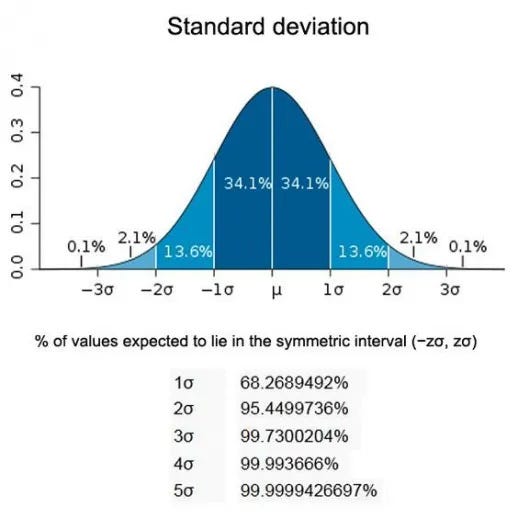
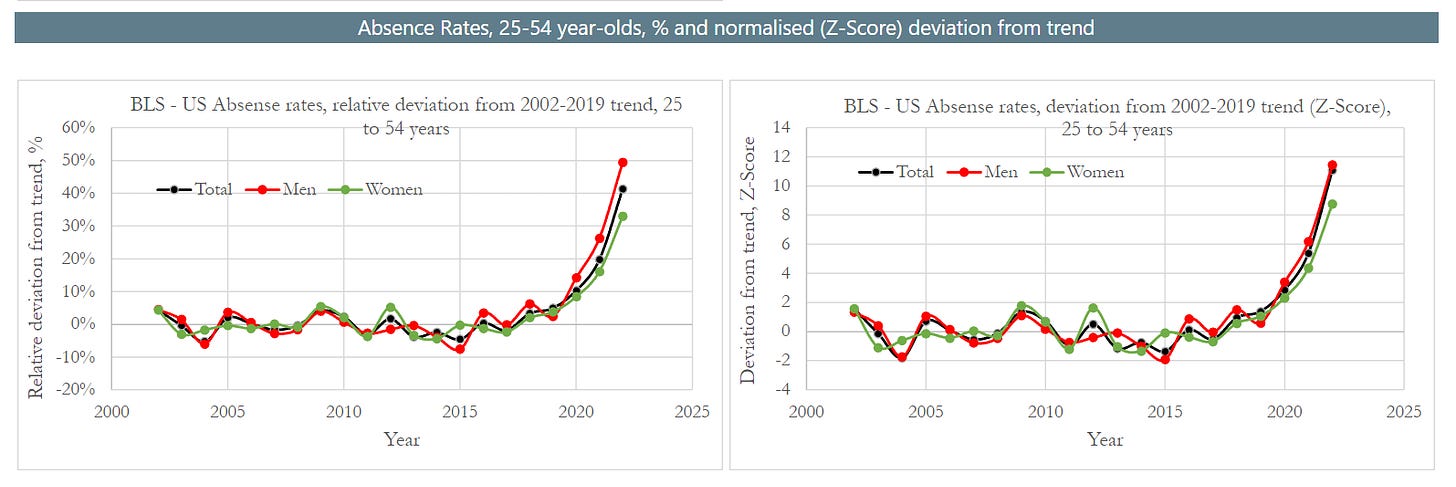
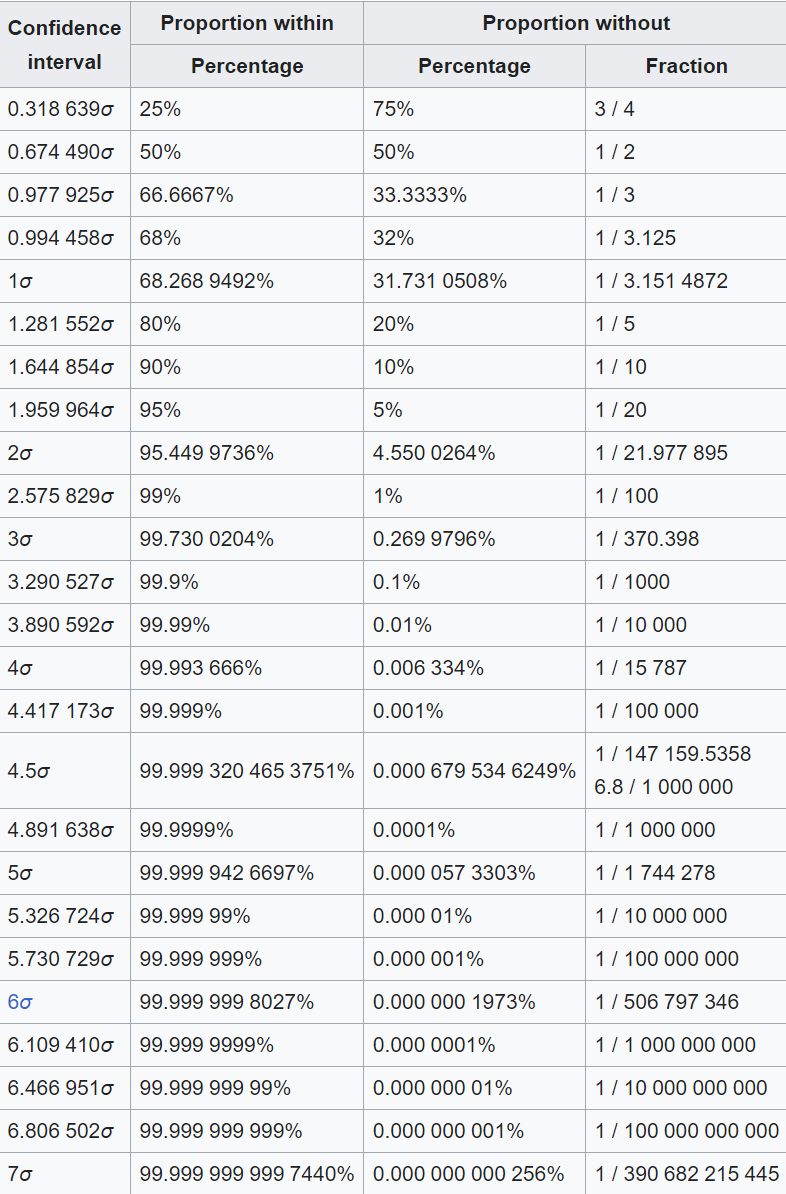
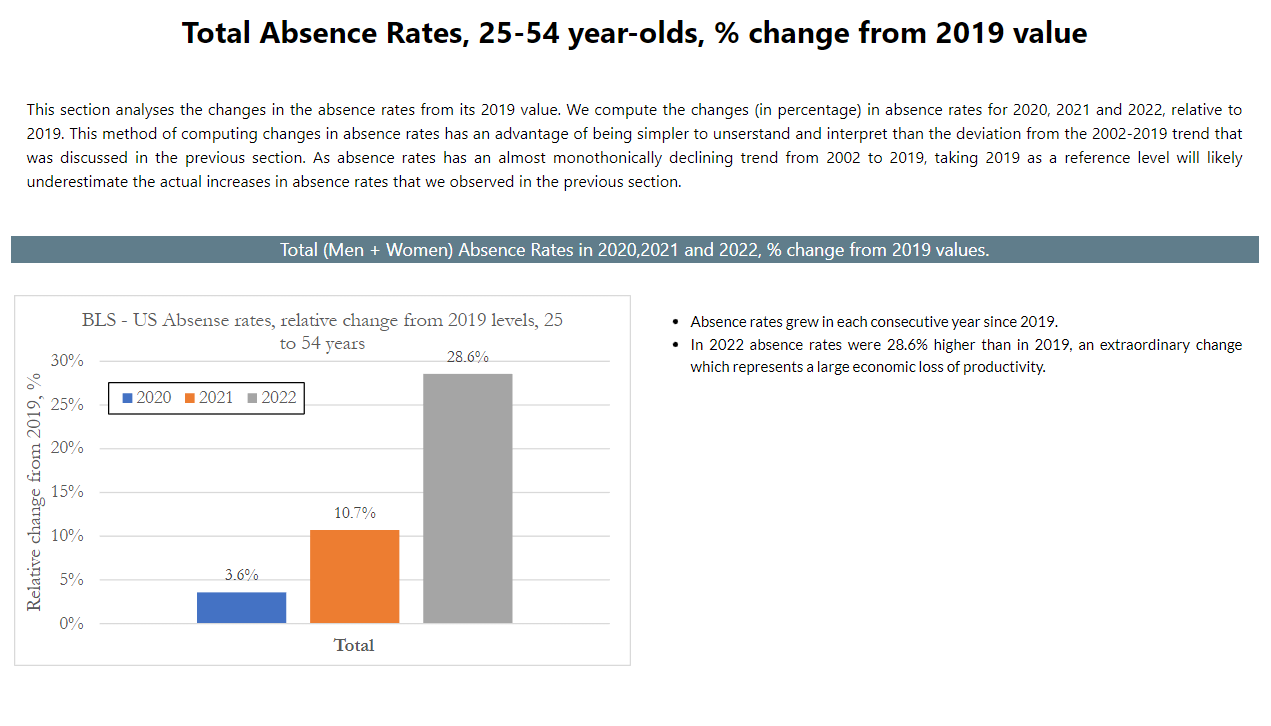

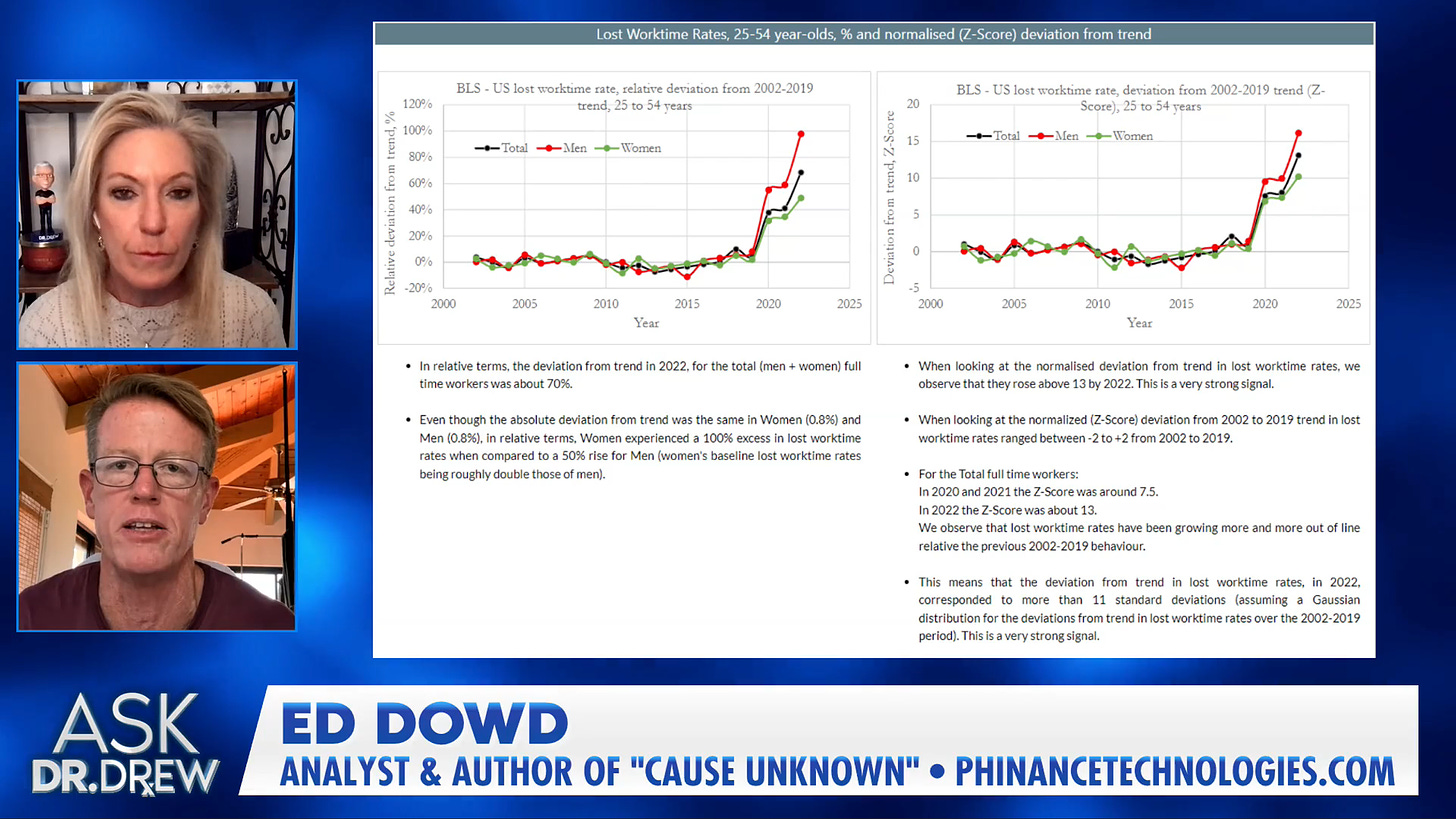

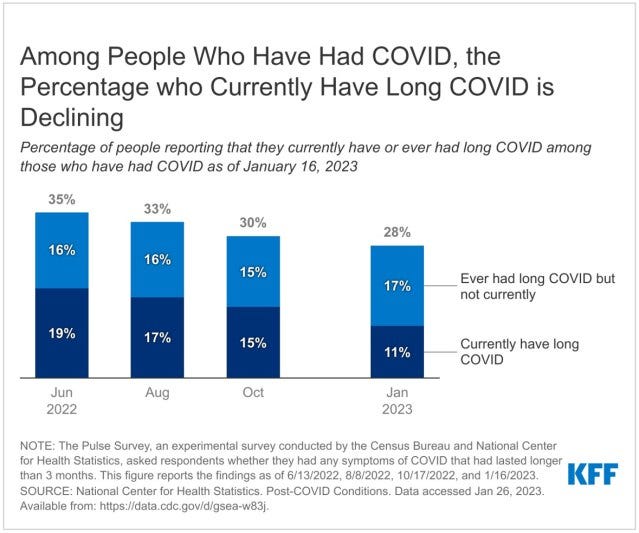
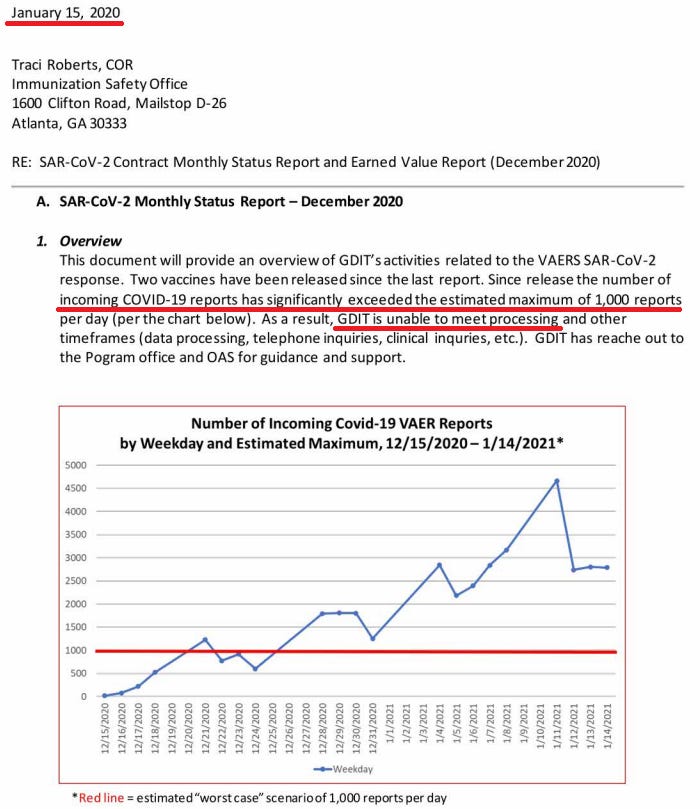
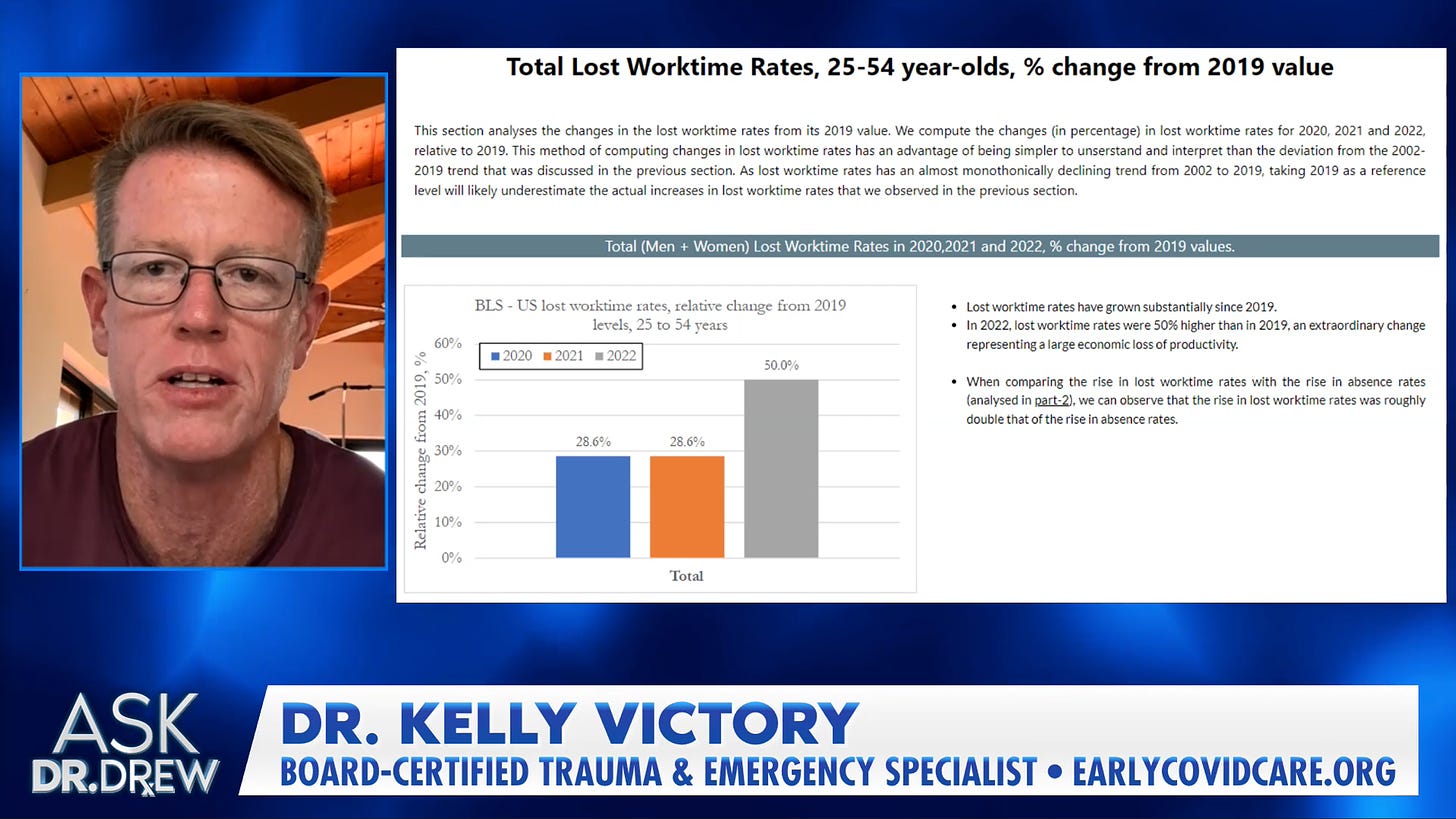



‘These Numbers Look Horrific’: Work Absence Rates Are Off the Charts — And It’s Only Gotten Worse